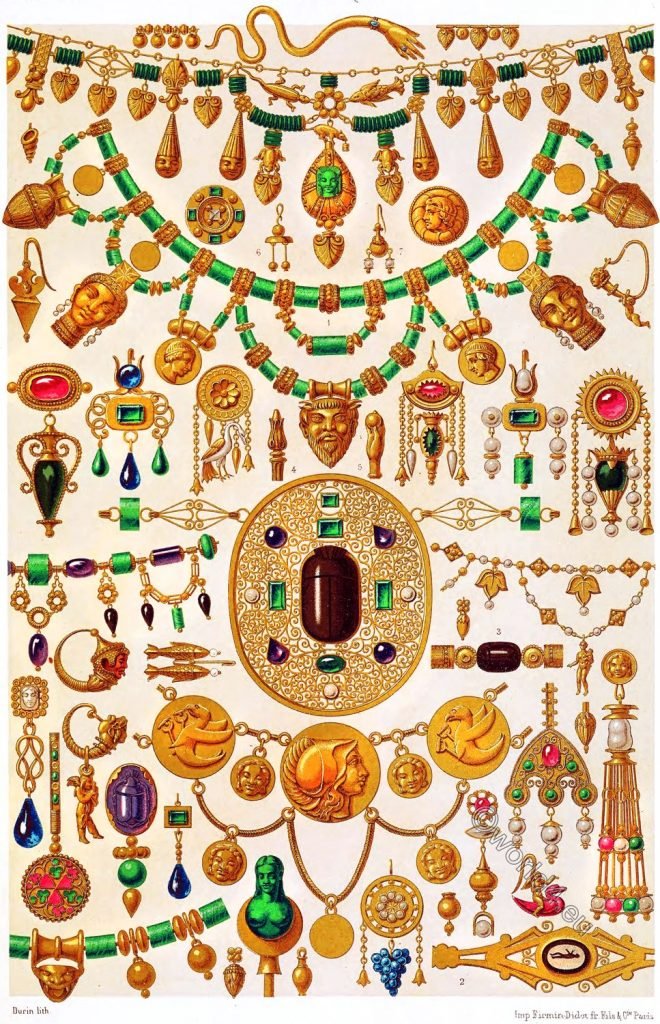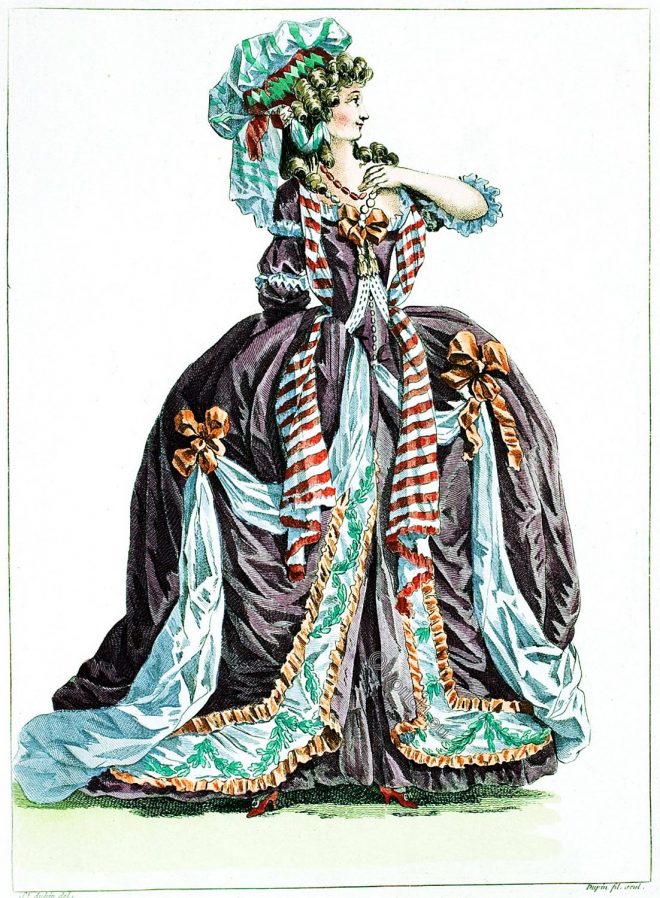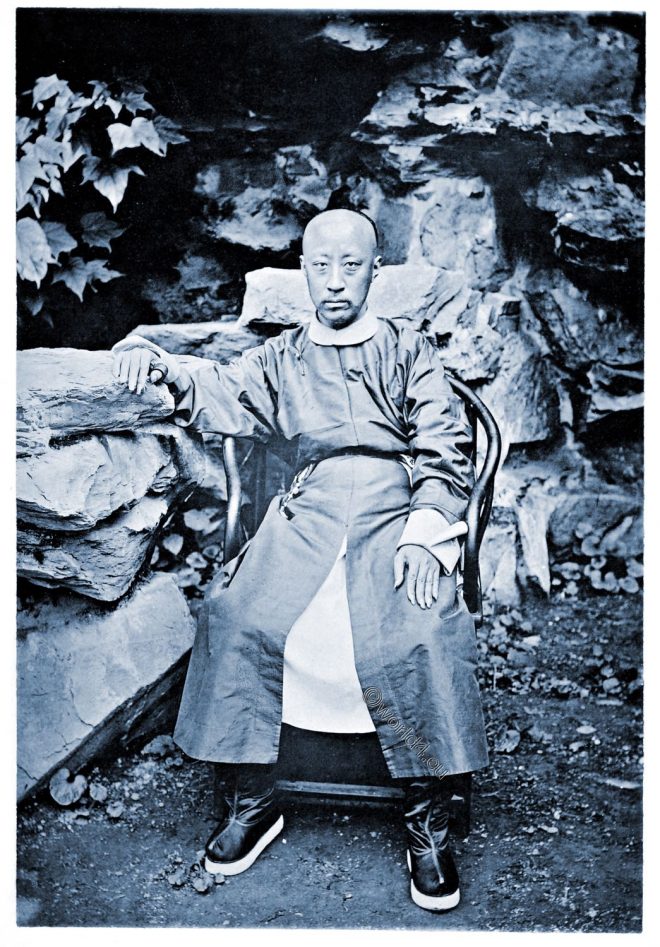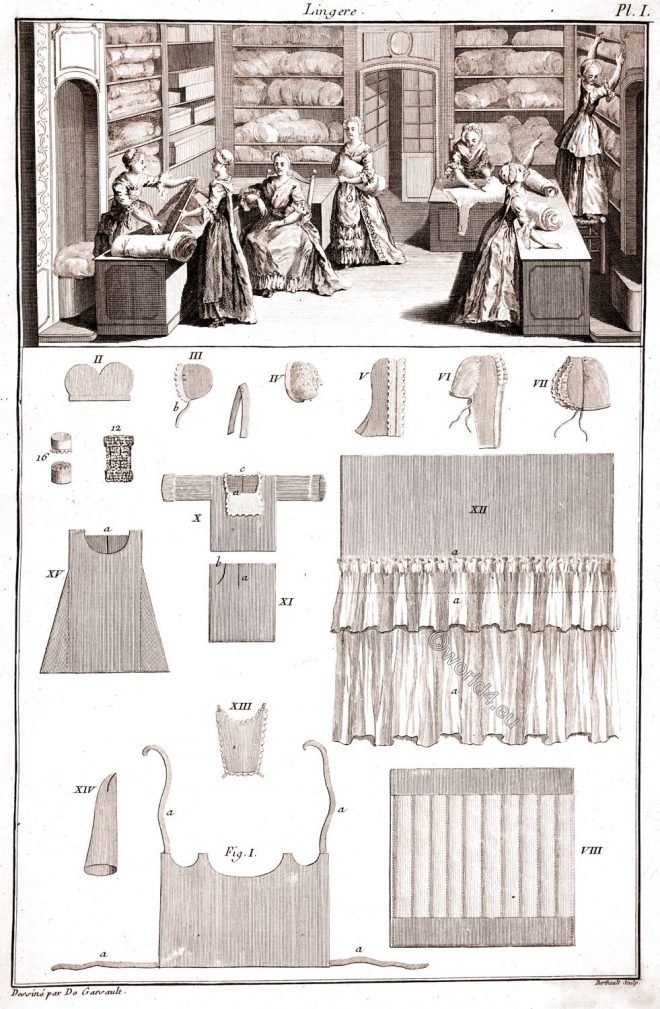War costumes of the Middle ages. France 12th, 13th and 14th centuries. Weapons from the 12th to 15th centuries. Armor, weapons, flags, banners, standards.
Etruscan Art. Jewels. Polychromatic ornament by Auguste Racinet.
Civilization of ancient Italy. The Etruscans, also obsolete Etrurians, were an ancient people in Etruria who lived in the northern central Italy in the area of today’s regions Tuscany, Umbria and Lazio and called themselves Rasenna according to Dionysios of Halikarnassos.
Robe de Cour au grand Orient; Coeffure à la mode Asiatique.
A Madame la Comtesse d’Oyeras. Un tour de robe en blonde tournante
The Togatus and the Roman ladies of the imperial period.
The citizens’ costume of the Romans. The Togatus. The Roman toga of the imperial period. The different types. The drapery. The stola, the pallium or the palla of the women.
Prince Gong. Yixin, Prince Gongzhong of the First Rank
PRINCE KUNG. Illustrations of China and its people: a series of two hundred photographs, with letterpress descriptive of the places and people represented by John Thomson.
Ismail Bey and Mehmed Pasha. Portraits of Louis Dupré c. 1819.
Ismail Bey and Mehmed Pasha, sons of Veli Pasha of Thessaly and grandsons of Ali Pasha of Ioannina.
Native Californian clothing at the end of the 18th century.
The engravings depicting Californian native people, taken from the Encyclopedia of Travels by Grasset de Saint-Sauveur, a five-volume work published in Paris in 1795-1796.
The art of lingerie during the rococo period in Paris c. 1770.
The Vignette represents a Lingerie Shop in Paris, around 1770. Pattern of the most common underwear. Alphabetical and numerical embroidery patterns.
Directoire Members of The Council of the Five Hundred.
This Council initiates the laws; it is within this Council that the resolutions which are presented to the Council of Elders are formed.
Paul Poiret. Elégante robe Rêve d’Or. Petit manteau Monavana.
Les Créations Parisiennes. La Mode est un Art. Haute Couture by PAUL POIRET 1930.










